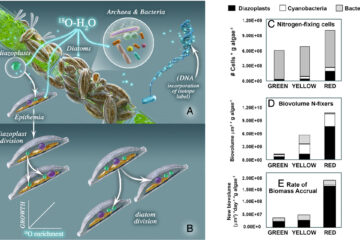Chemical and mechanical control of the invasive shrub Cytisus scoparius in forest clearings in western Washington, USA
We conducted a large-scale, multiple-year study in harvested areas of Douglas-fir (Pseudotsuga menziesii [Mirbel] Franco) forests in western Washington, examining the effectiveness of control methods on the widespread invasive shrub Scotch broom [Cytisus scoparius (L.) Link]. We tested both chemical and physical control methods, using three different approaches that are management relevant: (1) triclopyr, a POST herbicide, at different times of year and on different-sized plants; (2) cutting (or brushcutting) of mature individuals; and (3) scarification of soil surface to remove seedlings once versus multiple times. We measured initial mortality, seed germination, and percent cover of C. scoparius in plots for 3 yr following treatments. Triclopyr treatment resulted in greater mortality and reduced percent cover compared with all other treatments with the effect persisting for 2 yr after spraying. Further, triclopyr had the same effect on C. scoparius cover and mortality irrespective of time of year applied. Similar to soil scarification, triclopyr treatments resulted in a flush of seedlings, suggesting that removal of conspecific competitors and not soil disturbance per se promotes seed germination. Brushcutting was generally effective in reducing C. scoparius cover in the short term, but effects did not persist as long as triclopyr treatments, in part due to large differences in stump resprouting rates across sites. Soil scarification to remove seedlings, even over multiple years, did not result in reduced C. scoparius cover. Triclopyr is an effective approach for controlling both emerging and established stands of C. scoparius.


